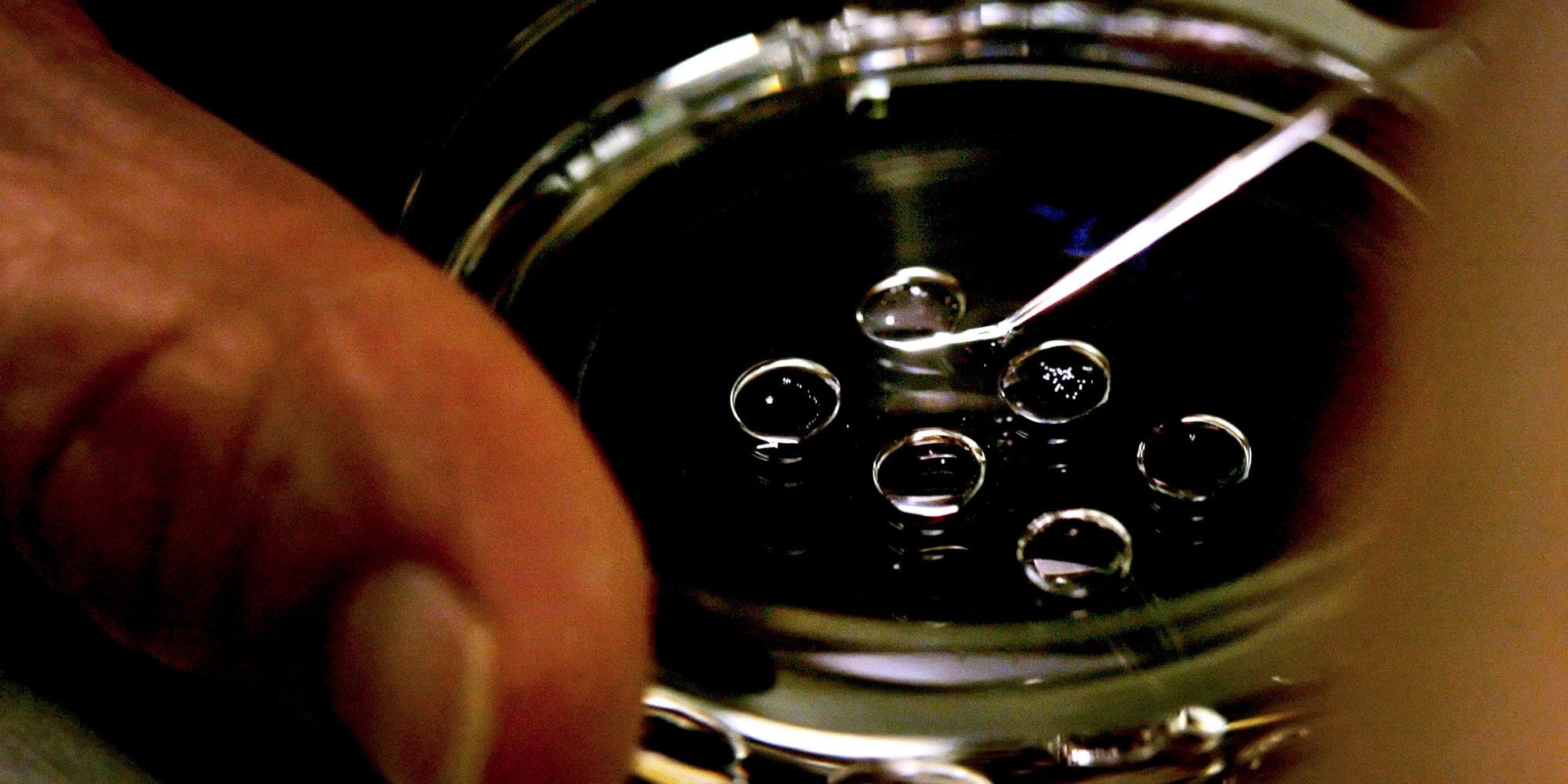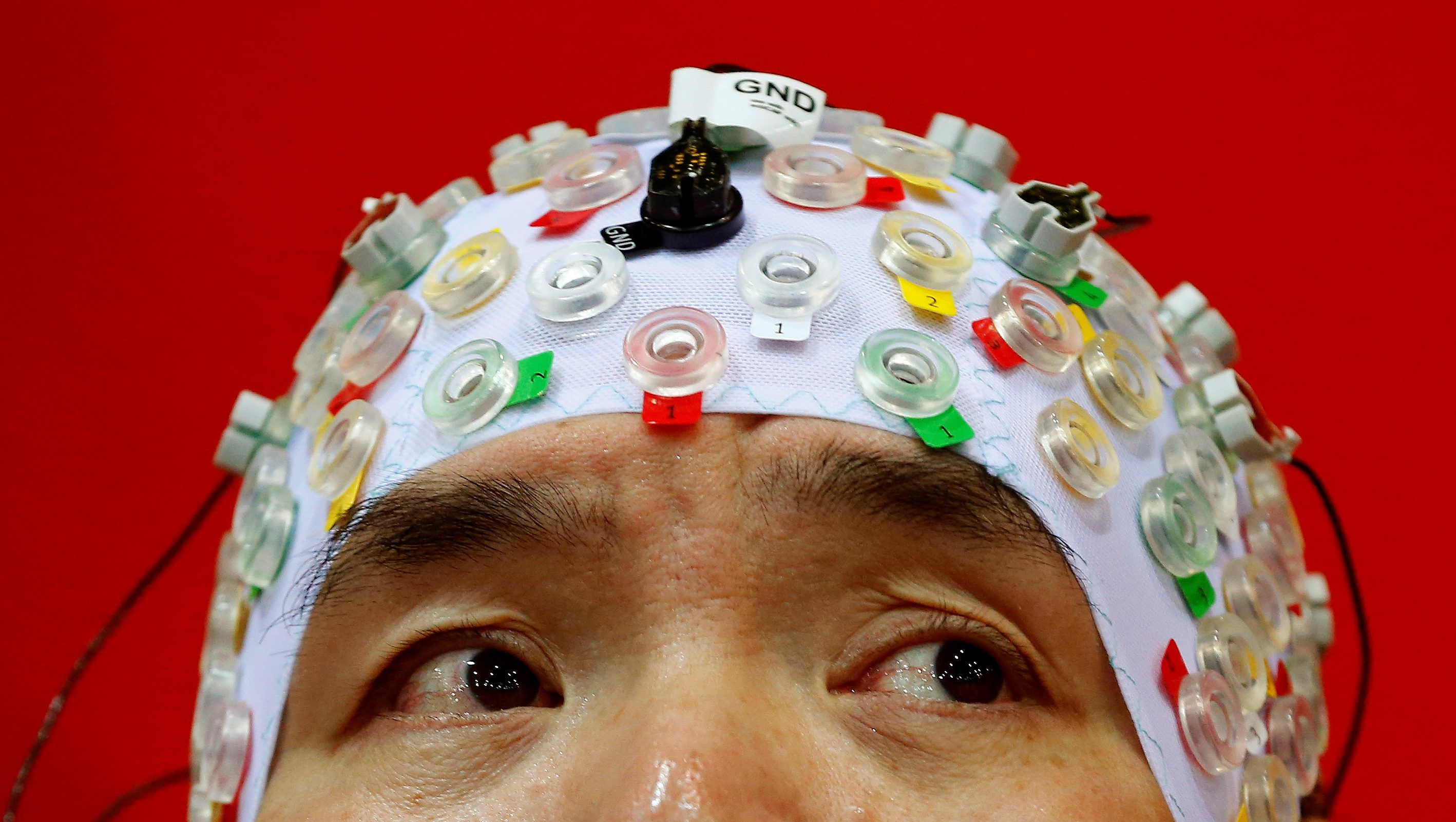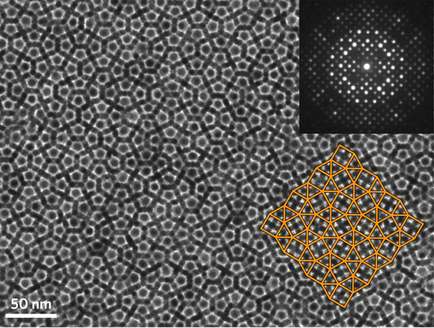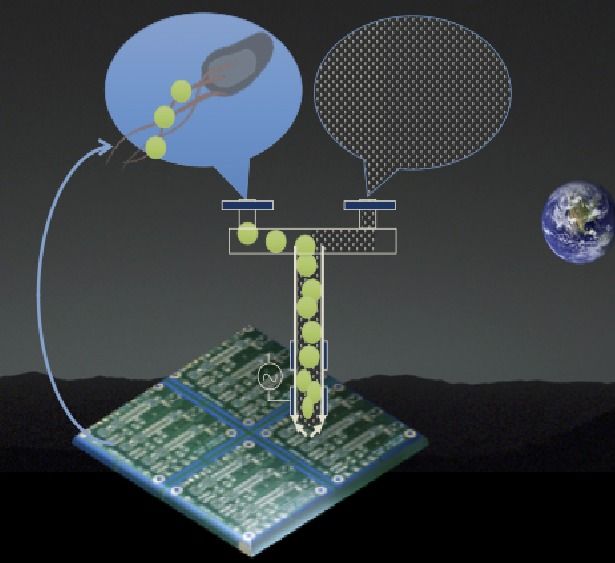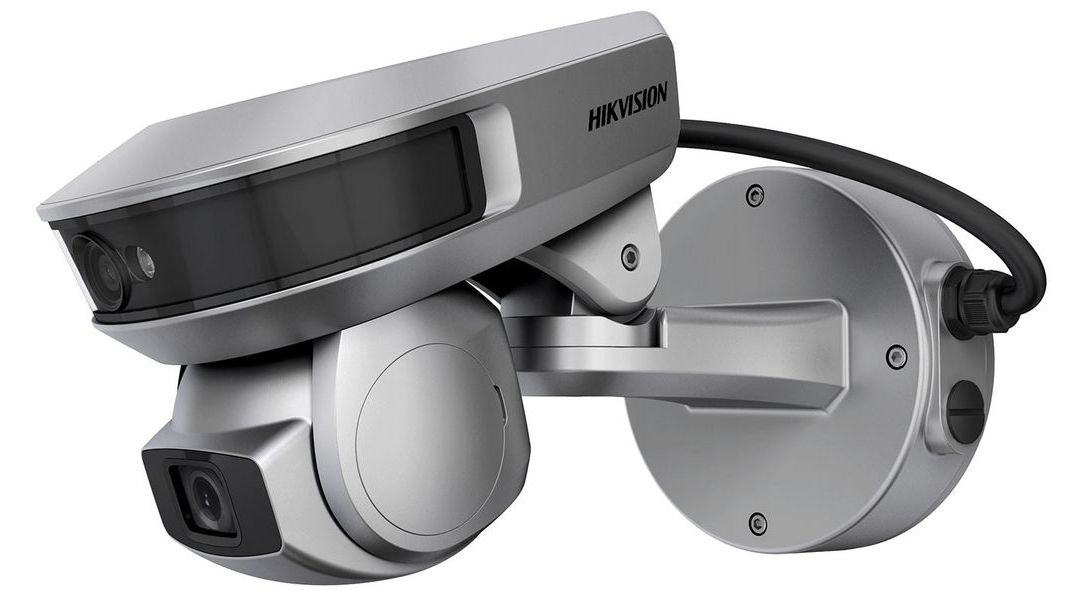Page 11163
Oct 25, 2016
Expert says we are closer to ‘computing at the speed of thought’
Posted by Carse Peel in categories: computing, neuroscience
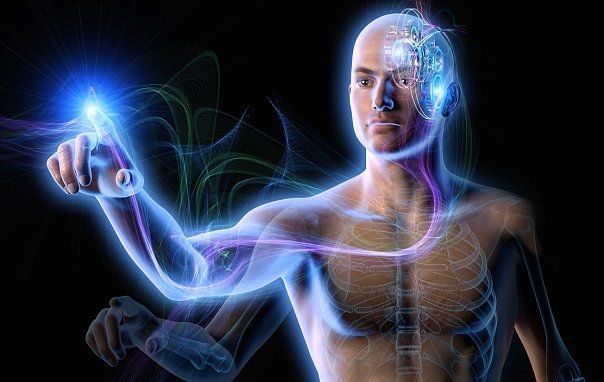
Get ready to dump the keyboard: Experts claim mind controlled computers are just a decade away…
An expert at West Virginia University suggests human thought will soon communicate directly with computers, which will move us toward an era of ‘computing at the speed of thought.’
Continue reading “Expert says we are closer to ‘computing at the speed of thought’” »
Oct 25, 2016
The Coming Of The Motherless Child
Posted by Carse Peel in categories: biotech/medical, policy
About eight years ago, as the controversy about research involving human embryonic stem cells was winding down and Barack Obama was about to take office, I had one of my regular lunches with a respected conservative policy expert. We had come to be friends who respectfully disagreed about embryonic stem cell research and other bioethics issues.
That day I told him that there were still bigger issues brewing that involved human reproductive materials. For example, the opponents of research that involved destroying human embryos had celebrated a new technology developed in Japan that turned regular adult cells into something resembling potent embryonic cells. What many failed to notice is that that same technology could be used to turn adult cells into human egg cells. Thus in theory two men could produce a baby with the second man’s sperm and without a woman to provide an egg.
“Oh,” my friend said when I pointed this out to him, “I would definitely support federal legislation to prevent that.” I was struck at his vehemence, but not surprised.
Oct 25, 2016
What comes after smartphones? Brain implants, maybe
Posted by Carse Peel in categories: computing, mobile phones, neuroscience
It would be the ultimate user interface: a device the size of two stacked nickels that allows your thoughts to control computers. The only catch is it’ll have to be implanted in your brain.
Oct 25, 2016
DARPA wants to prevent genetic engineering from destroying the world
Posted by Carse Peel in categories: bioengineering, genetics
The idea of a genetic mutation spreading rapidly through a population isn’t as far-fetched a possibility as it once was.
Oct 25, 2016
Researchers discover new rules for quasicrystals
Posted by Carse Peel in categories: biotech/medical, particle physics
Crystals are defined by their repeating, symmetrical patterns and long-range order. Unlike amorphous materials, in which atoms are randomly packed together, the atoms in a crystal are arranged in a predictable way. Quasicrystals are an exotic exception to this rule. First discovered in 1982, their atoms pack together in an orderly fashion, but in a mosaic-like pattern that doesn’t repeat and can’t be predicted from a small sample.
Being able to map out the position of individual atoms within a quasicrystal is a prerequisite for achieving a complete understanding of their structure and aids in designing them for specific applications, but conventional microscopy techniques don’t have the resolution to accomplish such a task.
In an effort to address this challenge, researchers from the University of Pennsylvania and the University of Michigan have engineered a quasicrystal that is formed by self-assembling nanoparticles, which are an order of magnitude larger than the atoms that comprise traditional quasicrystals. Their larger size enabled the team to use a suite of microscopy and simulation techniques to deduce, for the first time, the full three-dimensional configuration of a spontaneously formed quasicrystal.
Oct 25, 2016
Watch a student-designed Hyperloop pod LEVITATE for the first time
Posted by Carse Peel in categories: Elon Musk, sustainability, transportation
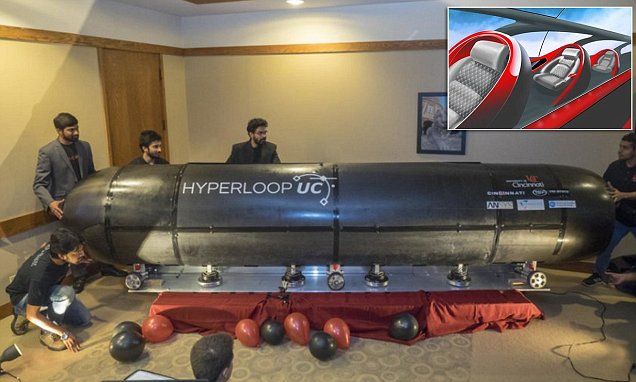
The future of travel is here: Watch a Hyperloop pod designed by students LEVITATE for the first time…
A team of more than 60 students from the University of Cincinnati came up with the prototype as part of Tesla boss Elon Musk’s Hyperloop design competition.
Continue reading “Watch a student-designed Hyperloop pod LEVITATE for the first time” »
Oct 25, 2016
The Lancet: Swiss doctors report success of using cells from the nose to repair damaged knee joints 2 years post operation
Posted by Steve Hill in categories: bioengineering, biotech/medical
Tissue engineering makes further progress for repairing damaged joints.
Writing in The Lancet, Swiss doctors report that cartilage cells harvested from patients’ own noses have been used to successfully produce cartilage transplants for the treatment of the knees of 10 adults (aged 18–55 years) whose cartilage was damaged by injury. Two years after reconstruction, most recipients reported improvements in pain, knee function, and quality of life, as well as developing repair tissue that is similar in composition to native cartilage.
Despite this promising start, however, the effectiveness of the procedure needs to be rigorously assessed in larger randomised trials compared to conventional treatments and with longer follow up before any firm conclusions can be drawn about its use in routine clinical practice, say the authors.

